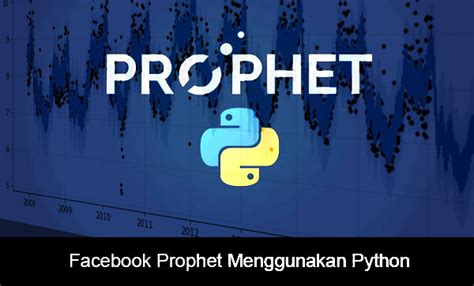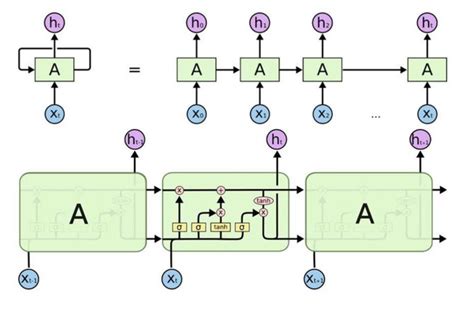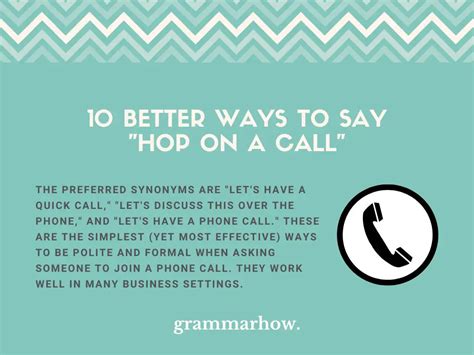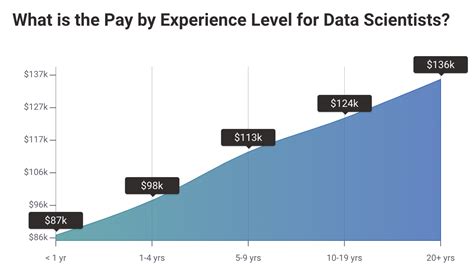Facebook Prophet is a popular open-source software for forecasting time series data. It was developed by Facebook and is widely used in the industry due to its simplicity, flexibility, and high accuracy. In this article, we will discuss 5 tips for using Facebook Prophet to improve your forecasting skills.
Understanding the Basics of Facebook Prophet

Before diving into the tips, it’s essential to understand the basics of Facebook Prophet. Prophet is based on a generalized additive model and can handle multiple seasonality with non-uniform periods. It also includes a non-linear trend model, which is particularly useful for forecasting data with strong trends. To get started with Prophet, you need to have a basic understanding of time series forecasting concepts, including seasonality, trends, and anomalies.
Tip 1: Data Preparation
Data preparation is a critical step in using Facebook Prophet. The model expects the data to be in a specific format, with two columns: ‘ds’ for the date and ‘y’ for the value. The ‘ds’ column should be in a date format that Prophet can understand, such as ‘2022-01-01’. It’s also essential to handle missing values and anomalies in the data before feeding it into the model. You can use various techniques, such as interpolation or imputation, to fill missing values.
| Data Preparation Step | Description |
|---|---|
| 1. Handle missing values | Use interpolation or imputation to fill missing values |
| 2. Convert date format | Convert date column to a format that Prophet can understand |
| 3. Remove anomalies | Use techniques, such as winsorization or trimming, to remove anomalies |

Model Configuration and Training

Once the data is prepared, the next step is to configure and train the model. Prophet provides various parameters that can be tuned to improve the model’s performance. For example, you can adjust the ‘growth’ parameter to specify the type of growth model to use, such as linear or logistic. You can also adjust the ‘seasonality_prior_scale’ parameter to control the strength of the seasonality.
Tip 2: Choose the Right Growth Model
The choice of growth model depends on the nature of the data. If the data exhibits a strong trend, a non-linear growth model, such as the logistic or piecewise-linear model, may be more suitable. On the other hand, if the data is relatively flat, a linear growth model may be sufficient. You can use the ‘growth’ parameter to specify the type of growth model to use.
Tip 3: Handle Multiple Seasonality
Prophet can handle multiple seasonality with non-uniform periods. You can use the ‘seasonality_prior_scale’ parameter to control the strength of the seasonality. Additionally, you can specify multiple seasonality components using the ‘seasonalities’ parameter.
Tip 4: Evaluate Model Performance
Evaluating model performance is critical to ensuring that the model is accurate and reliable. Prophet provides various metrics, such as mean absolute error (MAE) and mean squared error (MSE), to evaluate the model’s performance. You can also use techniques, such as cross-validation, to evaluate the model’s performance on unseen data.
Tip 5: Use Prophet for What-If Analysis
Prophet can be used for what-if analysis to forecast the impact of different scenarios on the data. For example, you can use Prophet to forecast the impact of a holiday or a major event on the data. You can also use Prophet to forecast the impact of different marketing strategies on the data.
Key Points
- Understand the basics of Facebook Prophet, including seasonality, trends, and anomalies
- Prepare data by handling missing values, converting date format, and removing anomalies
- Choose the right growth model based on the nature of the data
- Handle multiple seasonality with non-uniform periods using the 'seasonality_prior_scale' parameter
- Evaluate model performance using metrics, such as MAE and MSE, and techniques, such as cross-validation
In conclusion, Facebook Prophet is a powerful tool for forecasting time series data. By following these 5 tips, you can improve your forecasting skills and get the most out of Prophet. Remember to prepare your data carefully, choose the right growth model, handle multiple seasonality, evaluate model performance, and use Prophet for what-if analysis.
What is Facebook Prophet?
+Facebook Prophet is a popular open-source software for forecasting time series data. It was developed by Facebook and is widely used in the industry due to its simplicity, flexibility, and high accuracy.
What are the advantages of using Facebook Prophet?
+Facebook Prophet has several advantages, including its ability to handle multiple seasonality with non-uniform periods, its non-linear trend model, and its simplicity and flexibility.
How do I evaluate the performance of a Facebook Prophet model?
+You can evaluate the performance of a Facebook Prophet model using metrics, such as mean absolute error (MAE) and mean squared error (MSE), and techniques, such as cross-validation.



